Estimated reading time: 9 minutes
Every pet owner knows the panic of seeing their dog in distress. Maybe your furry friend isn’t acting like themselves, showing signs of pain, or you’ve noticed something just isn’t right.
It’s a situation no one wants to be in, but being prepared can make all the difference. Difficulty breathing or nonstop coughing are clear signals that your dog needs emergency vet care immediately.
This article will guide you through understanding when it’s time to take your pet to the emergency vet and what signs to look out for. We’ll also discuss how to handle a pet emergency and ways to prepare for any future incidents.
By knowing these essential tips, you can ensure swift action in critical moments—potentially saving your beloved dog’s life.
Key Takeaways
- If your dog is straining to urinate, has difficulty breathing, or shows signs of pain like limping, go to the emergency vet right away.
- Call your emergency vet if you notice your dog fainting, having seizures, or unable to stand. Quick action can save their life.
- Keep an eye out for vomiting more than once or twice and lack of appetite. This might mean your pet needs urgent care.
- Learn basic first aid for pets and have a first aid kit ready. Knowing what to do can help before getting professional help.
Recognizing the Signs of a Pet Emergency
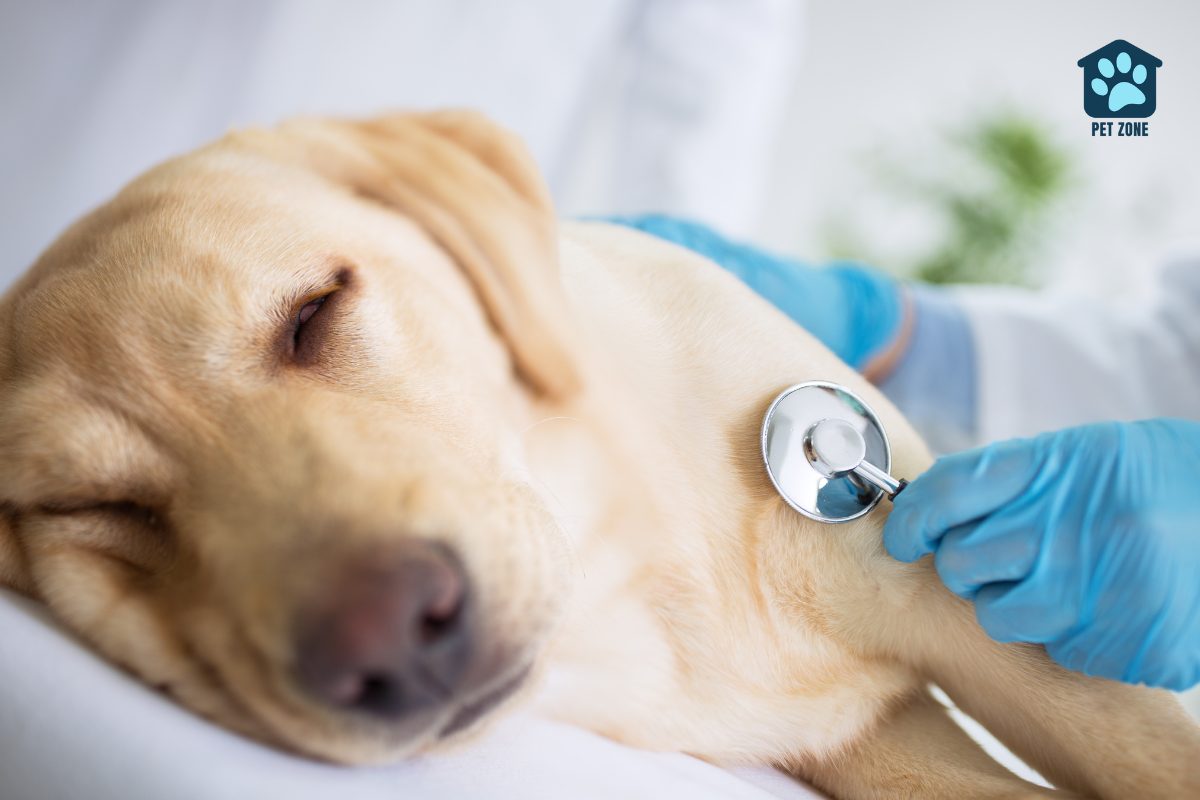
Straining to Urinate or Defecate
Straining to urinate or defecate in dogs isn’t just uncomfortable, it’s a sign that your pet needs immediate veterinary attention.
Many dog owners mistake this for constipation, but it could signal a more severe health issue. If you notice your dog trying hard without any success or only passing small amounts of watery feces, it’s time to take action.
Vomiting and a decrease in appetite often accompany the straining, raising the urgency for veterinary care.
Look out for other warning signs like worms, blood, or mucus in their stool and diarrhea lasting more than 24 hours. These symptoms can point to emergency conditions requiring prompt care from an emergency vet clinic.
Any difficulty during bowel movements suggests something is wrong internally—seeking help from an emergency veterinarian as soon as possible ensures your dog receives the best care quickly.
Watching closely for these symptoms helps you act fast when your pet is experiencing discomfort and potentially prevents more serious complications.
Fainting, Sudden Collapse, or Seizures
Fainting in dogs, also known as syncope, happens when there isn’t enough blood flowing to the brain. This can lead to a sudden loss of consciousness.
Sometimes, during these episodes, your dog might move his legs as if he’s having a seizure. It’s important to know that this is because the brain isn’t getting enough oxygen at the moment.
If you see your dog faint or collapse suddenly, it could be a sign that something serious is happening.
Seizures in dogs are scary and can look very disturbing. Your pet may become non-responsive and start moving uncontrollably.
After such an event, dogs often seem confused or anxious because they don’t understand what just happened.
Inability to Stand or Wobbling
Your dog’s sudden inability to stand or noticeable wobbling demands immediate attention. This could point to a serious health problem, perhaps even a neurological issue.
Weakness or trouble using limbs makes it clear—your pet needs urgent care from an emergency vet immediately.
Seeing your dog struggle like this can be alarming. It’s a sign that something might be wrong with their nervous system or muscles. Take action fast and bring your pet to the nearest emergency veterinary clinic.
Time matters in these situations, so don’t wait to see if they get better on their own.
Lack of Appetite or Repeated Vomiting
Lack of appetite and repeated vomiting in your dog are not just minor issues. These signs can point to a serious health problem that might require immediate attention from an emergency vet.
Often, dogs hide their discomfort until it becomes unbearable, so noticing these symptoms early is key.
Vomiting more than once or twice, combined with a noticeable decrease in hunger, could mean your pet needs to go to the emergency room.
If your dog shows other worrisome signs like lethargy, fever, diarrhea with or without blood, and abdominal pain alongside vomiting, don’t wait.
Transport them to the vet as soon as possible for a check-up. Quick action could prevent more severe complications and ensure your pet gets the best care they need right away.
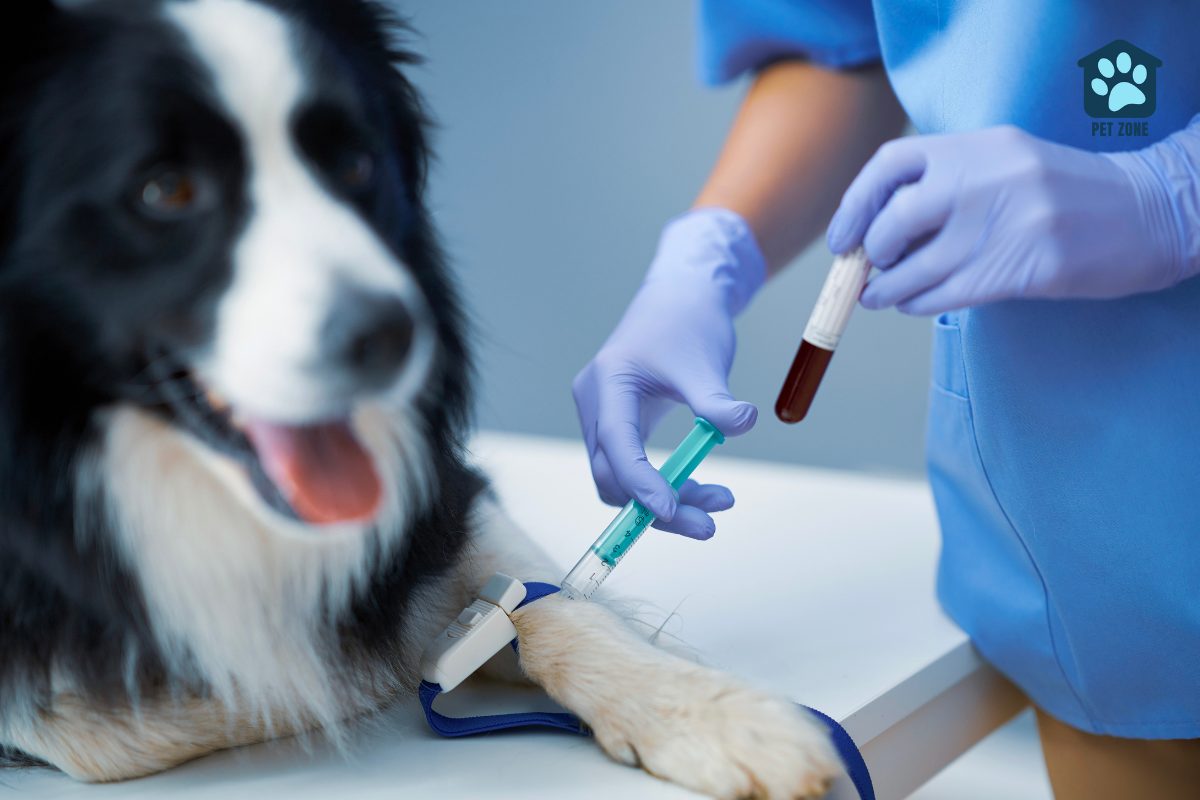
Difficulty Breathing or Nonstop Coughing
Difficulty breathing or nonstop coughing in dogs is a serious sign. It means your pet might need to go to the emergency vet right away.
This can include a high-pitched, gagging cough which suggests something isn’t right with their upper airway. Maybe they’re irritated, have an infection, or something is partially blocking their breathing path.
If your dog has trouble breathing, chokes often, or cannot stop coughing, it’s time for quick action. Dyspnea – that’s the fancy word for difficulty breathing – needs immediate attention because not getting enough oxygen is dangerous and can quickly turn life-threatening for your furry friend.
So, see an emergency vet as soon as these signs appear to give your pet the best chance at recovery.
Swollen or Bleeding Eye, Nose, or Mouth
Seeing your dog with a swollen or bleeding eye, nose, or mouth can be alarming. These signs may point to an emergency. Various underlying diseases could be the cause.
In some cases, it’s a clear signal that something serious is happening internally. Don’t wait and see if things get better on their own; taking swift action matters.
Balance issues and squinting often accompany these symptoms, hinting at possible neurological problems too. If you notice such changes in your pet, this could indicate a need for immediate medical attention.
Your dog might need to see an emergency vet right away rather than waiting until morning or hoping for an improvement. Acting fast helps ensure the best outcome for your furry friend.
Limping or Swollen Limbs
If your dog starts limping or you notice swelling in their limbs, it might be more than just a minor injury. Joint swelling is unusual and could suggest several conditions that need immediate attention.
It’s crucial to take action quickly because sprains can turn into permanent lameness if not addressed. Applying ice packs to the swollen area for 15 minutes twice daily may help, but don’t stop there.
A trip to the emergency vet becomes essential when the limping is accompanied by extreme pain, fever, or if the limb feels hot to the touch. These signs indicate a serious health issue that shouldn’t wait until morning.
Your dog may have ingested something toxic or could be facing a severe infection requiring urgent veterinary care. Transporting your pet safely and swiftly to an emergency hospital can prevent further complications and ensure they receive the necessary medical attention on time.
Actions to Take in Case of a Pet Emergency
In a pet emergency, every second counts. Acting quickly can save your dog’s life. Here’s what to do:
- Stay calm – Keeping a clear head helps you make better decisions.
- Assess the situation – Check if your dog is breathing and conscious.
- Call your emergency vet – Explain what happened and ask for immediate instructions.
- Keep your pet safe – Gently move them to avoid further injury.
- Apply first aid – Use your knowledge of pet first aid to address any bleeding or stabilize injuries until you get professional help.
- Transport your pet carefully – Support them as much as possible when moving them to prevent pain or more damage.
- Bring important info – Take any medical records or notes about the incident with you to the veterinary hospital.
- Be prepared for urgent actions – The vet may need to perform lifesaving measures right away. Agreeing quickly can be crucial.
How to Prepare for Future Pet Emergencies
Being ready for a pet emergency saves lives. Know your pet’s normal behavior so you can spot when something’s off.
- Develop a relationship with a local veterinarian now. This means you’ll have someone to call who knows your dog’s health history.
- Plan ahead for emergencies. Identify the nearest animal emergency hospital and save their contact info in your phone.
- Have a pet emergency kit on hand. Include first aid supplies, a sturdy carrier labeled with your pet’s name, and your contact details.
- Keep a list or photo of all medications your dog takes. Having this ready can speed up treatment at the emergency vet.
- Learn basic pet first aid. Understanding how to stabilize your dog before reaching the vet can make a huge difference.
- Save the ASPCA Animal Poison Control Center number (888-426-4435) in your phone. This is crucial if your dog ingests something toxic.
- Practice transporting your pet safely. Use the carrier for regular trips so they’re used to it in case of an actual emergency.
- Make sure to communicate well with the vet during an emergency. Being able to ask important questions and clearly describe symptoms helps them provide better care.
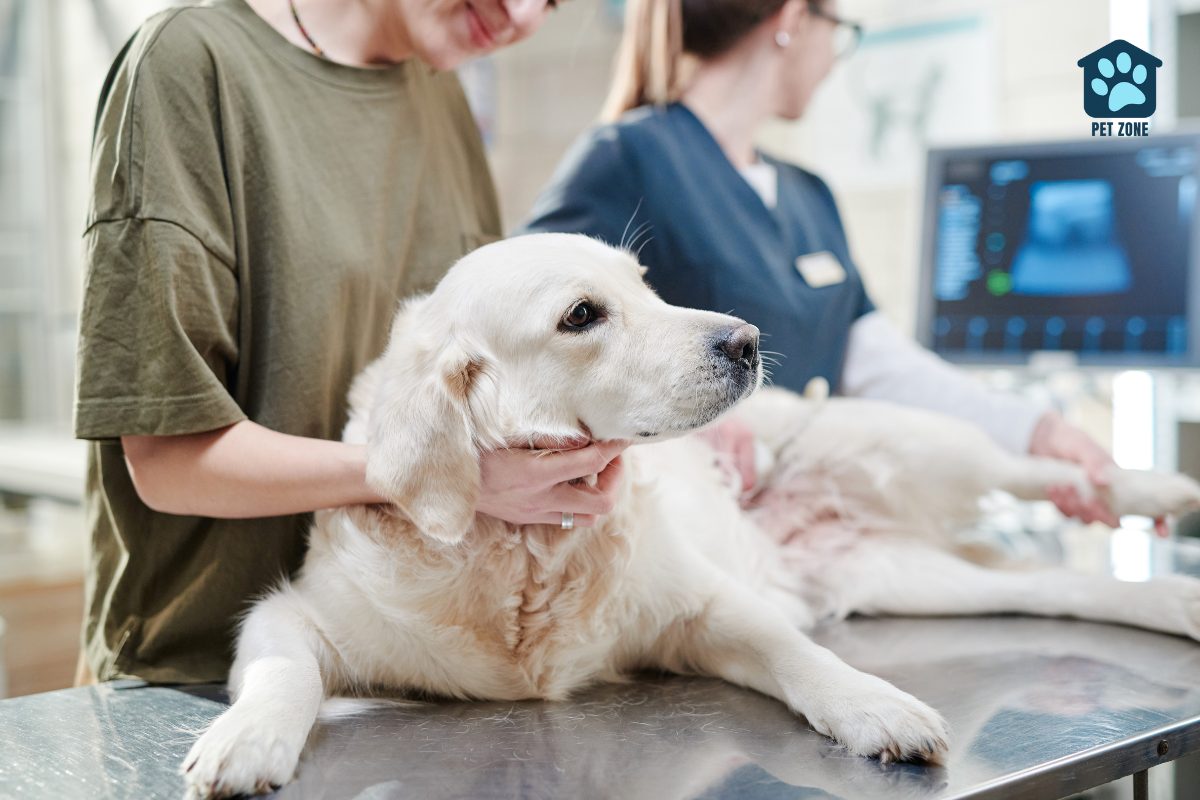
Conclusion
Recognize the signs your pet needs help and act fast. Simple steps can save your dog’s life in an emergency.
Have you prepared a first-aid kit? Remember, understanding when to seek immediate care makes all the difference.
Let this knowledge empower you to protect your furry friend’s health.
Frequently Asked Questions
If your dog shows signs of a health emergency, like not being able to urinate, acting very sick, or having trouble breathing, it’s time to visit the closest emergency animal hospital.
Yes! Always call your veterinarian or an emergency care vet right away. They can tell you whether your pet just needs regular care or should go straight to the ER.
Look for big warning signs like pain, heavy bleeding, inability to walk, or if they swallowed something harmful. These could be signs your pet needs immediate help.
While certain situations allow for first aid on pets—like cleaning small cuts—serious issues need professional attention quickly. Always err on the side of caution and check with a pro.
Yes! If your dog has mild symptoms but seems okay overall, you might see your regular vet soon. But if things look really bad—for example, if they’re in lots of pain—it’s likely more serious and time-sensitive.
Immediately contact the ASPCA Animal Poison Control Center at 888-426-4435, or head straight to an emergency veterinary hospital! Remember that quick actions can stabilize your pet until professional help starts their treatment.
As an Amazon Associate I earn from qualifying purchases.
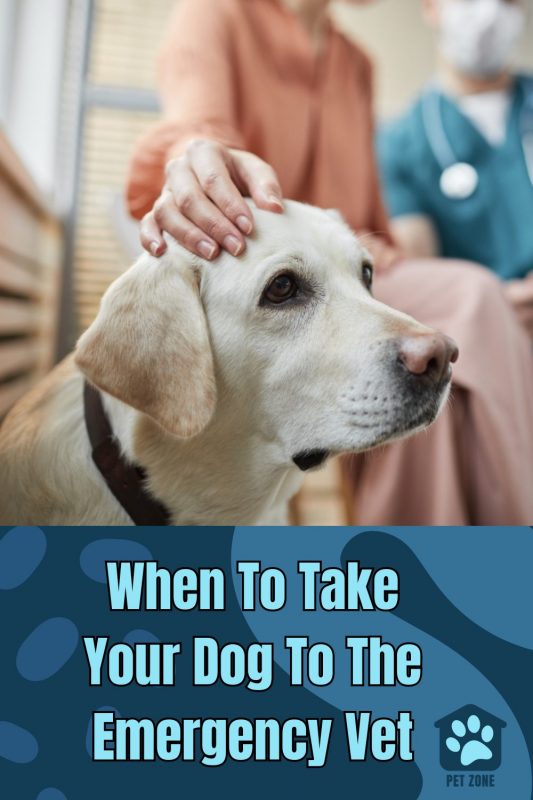


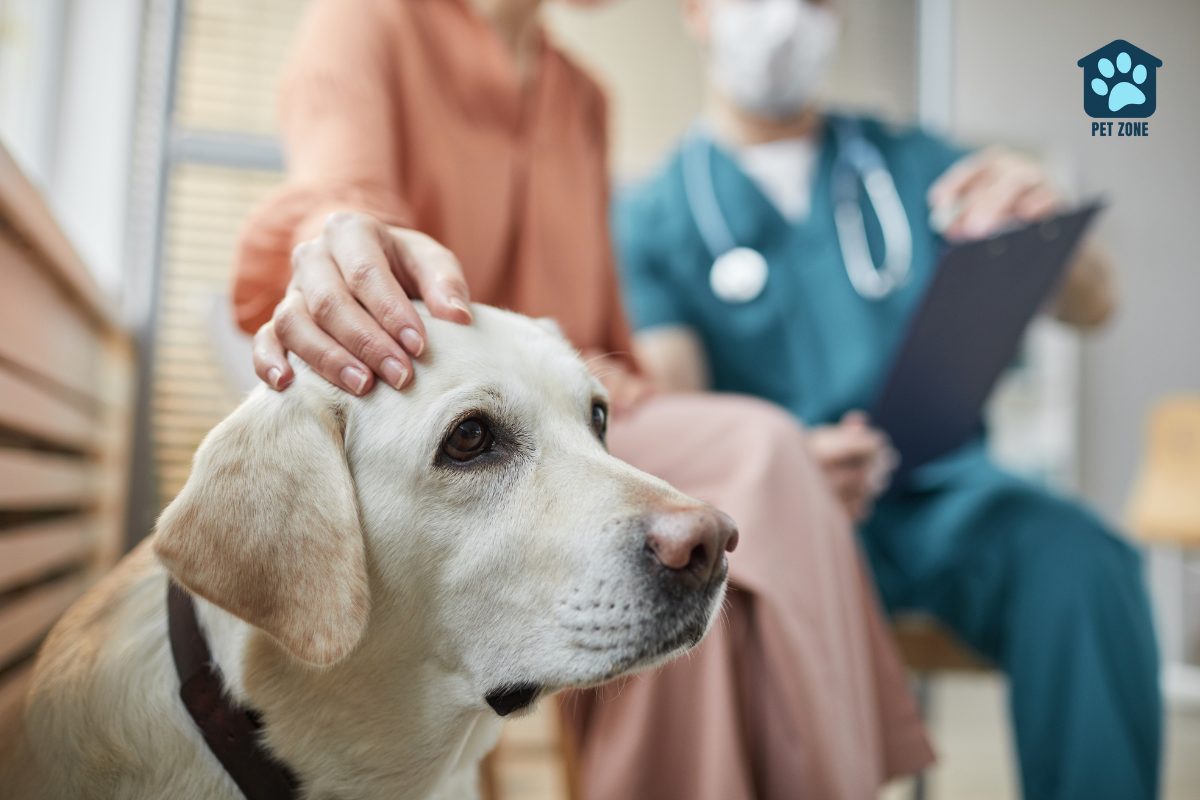






Such great information for pet parents. Learning basic first aid for pets is so important. We had an emergency situation with our pup twice and thankful for the emergency vet.